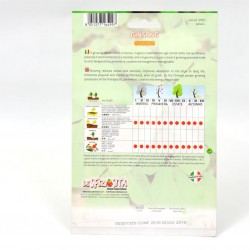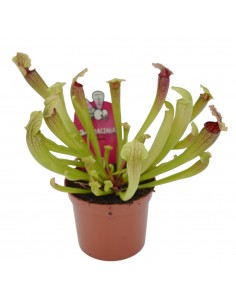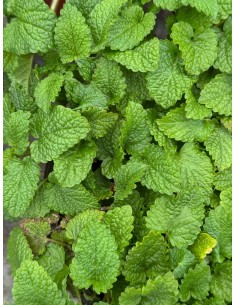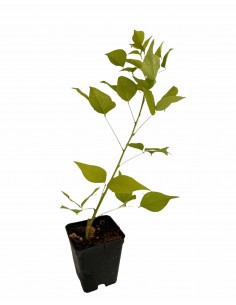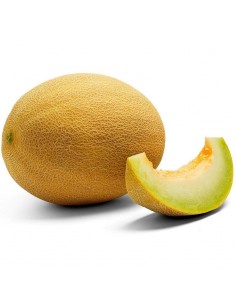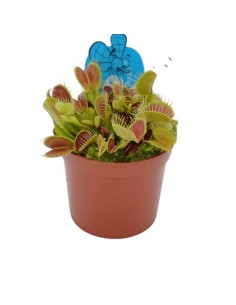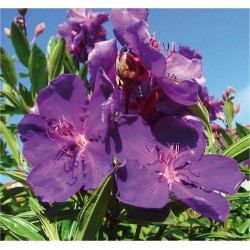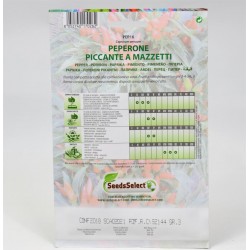copy of Pero Conference Tree
Generalities Tree Pear Conference :
The Pear Conference is one of the best known and most appreciated varieties. Native, like William, from England, where it was selected at the end of the nineteenth century, the Conference has the typical "pear" shape, therefore rounded and elongated. It is harvested in late August and is found on fruit stands until late May. The skin is bronze-green and thick, which makes it resistant to handling. The ivory-colored pulp is dark, juicy, sweet, aromatic and slightly acidic. For this reason it is perfect to be eaten cooked or in the preparation of particularly sugary desserts, but also of savory dishes.
- jar 16cm, height 120/150cm
- jar 22cm, height 150/170cm
Sale of the Pear Tree Conference, available in the following formats:
- jar 16cm, height 120/150cm
- jar 22cm, height 150/170cm
Generalities Tree Pear Conference :
The Pear Conference is an English cultivar of safe and proven both agronomic and organoleptic qualities of the fruit. Medium-low vigor tree, early fruiting and high production, constant over time, thanks to parthenocarpy. However, it requires careful renewal pruning, otherwise the size and quality of the fruit is penalized. The affinity with the various types of quince is good. It is always advisable to use virus-free material. Sometimes irregularly shaped fruit (due to parthenocarpy or insufficient pollination) it is of medium or large size, has green skin, with evident and rusty lenticels. The flesh is dark cream-white, with a sweet and aromatic flavor. The conservation in a controlled atmosphere is maintained for several months. In the ripe fruit, however, the pulp collapses easily. It is harvested in late August or early September.
Cultivation and Care of the Pear Tree Conference :
The pear tree is a fairly cold-resistant plant, it gives good production in hilly and mountainous areas. It also resists well in drought areas and with fairly high average annual temperatures. They require a typically neutral substrate (pH values around 6.5-7), it also adapts well to a sub-acid substrate (a pH with values around 5-5.5) or limestone with a pH of 7.5-8 . An ideal soil must be fresh, deep and medium-textured. As already mentioned, the production can take place without problems at different altitudes, from the plains to mountain areas, the important thing is that the soil and the position respect the needs of the plant.The pear tree does not require particular irrigation measures, in fact, it resists long periods of drought. A water supply can be useful in the first weeks after the young seedlings are implanted. In some areas, a lack of water in the delicate phases such as flowering and the first fruiting stages can be dangerous, in these cases it is preferable to irrigate until the rains start again. As soon as the plants are planted, fertilization with mature manure around the plants can be carried out. In the spring it is possible to make an amount of ammonium sulphate of 400g every 10 square meters of cultivation, alternatively you can use 200 grams of urea for the same surface.





